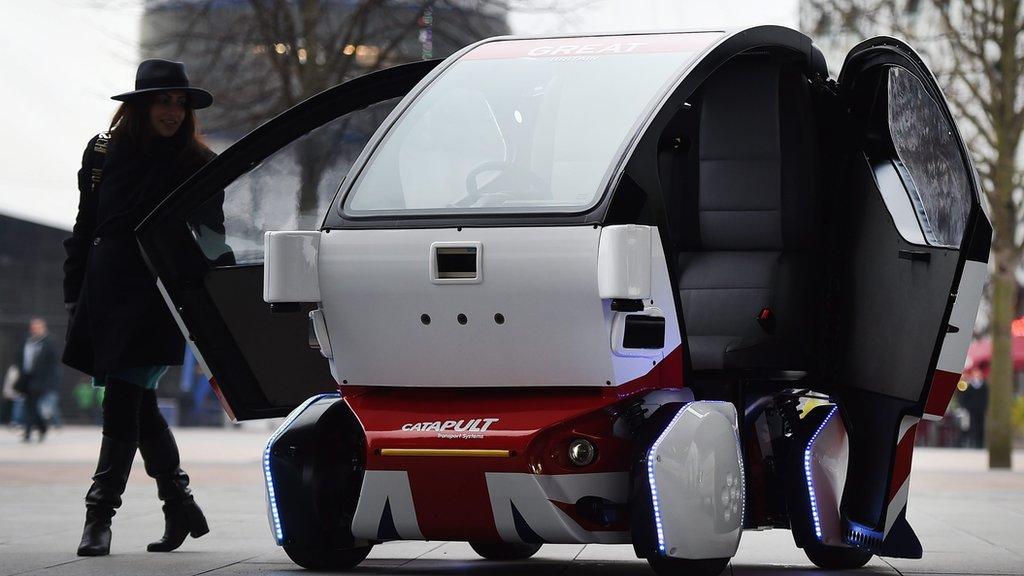Driverless cars: Special wristbands to help spot people
- Published
- comments
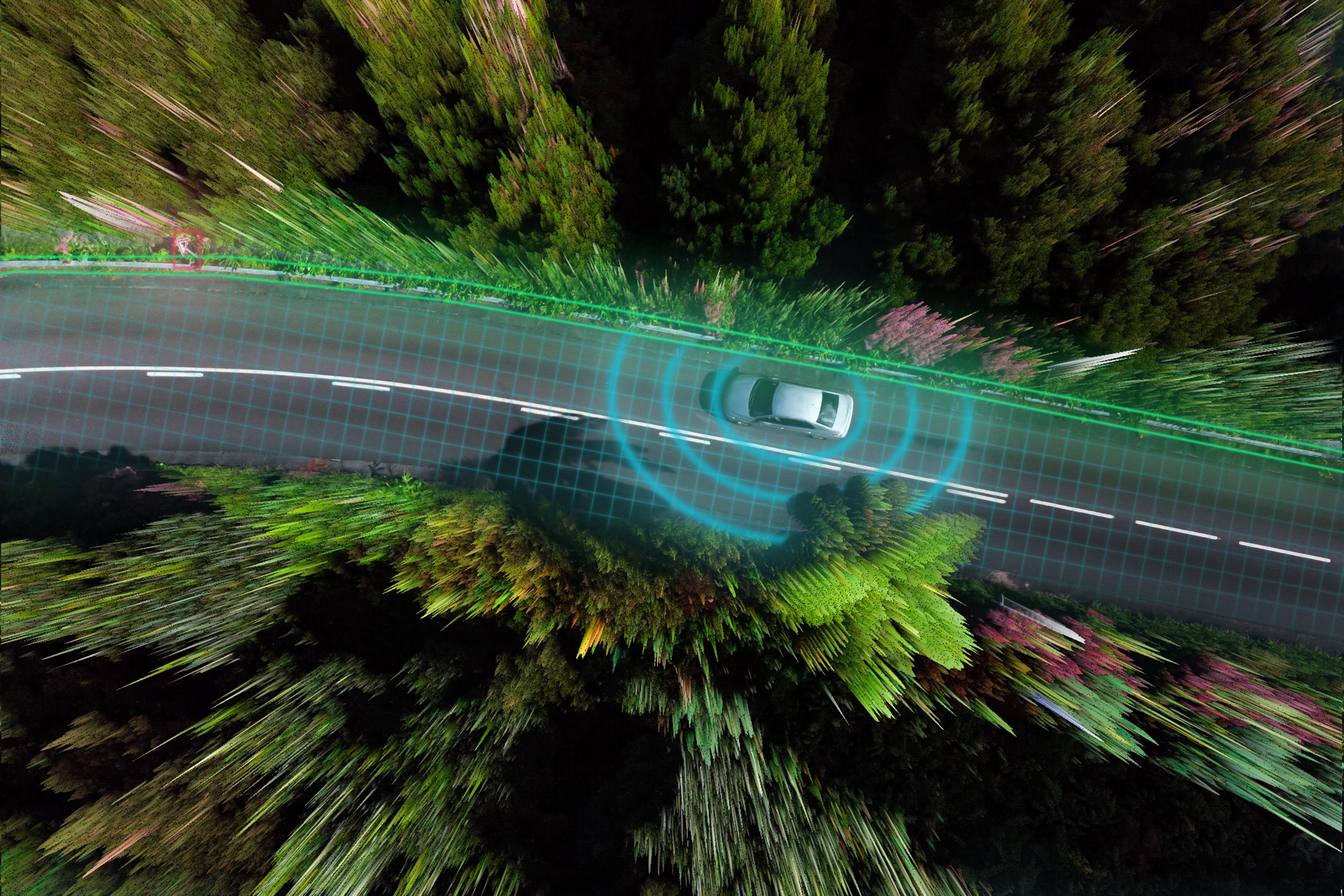
Driverless cars use radar to help them know what is around them
Researchers at Princeton University in the US have been working on a special wristband called a radar reactor which could help driverless cars detect people and objects from further away.
Driverless cars use cameras, GPS, radar and lots of sensors to navigate but the team behind the wristband say sometimes these systems don't work as well in bad weather.
The band has been designed to try and improve safety for pedestrians and cyclists when driverless cars become more common on the roads in the future.
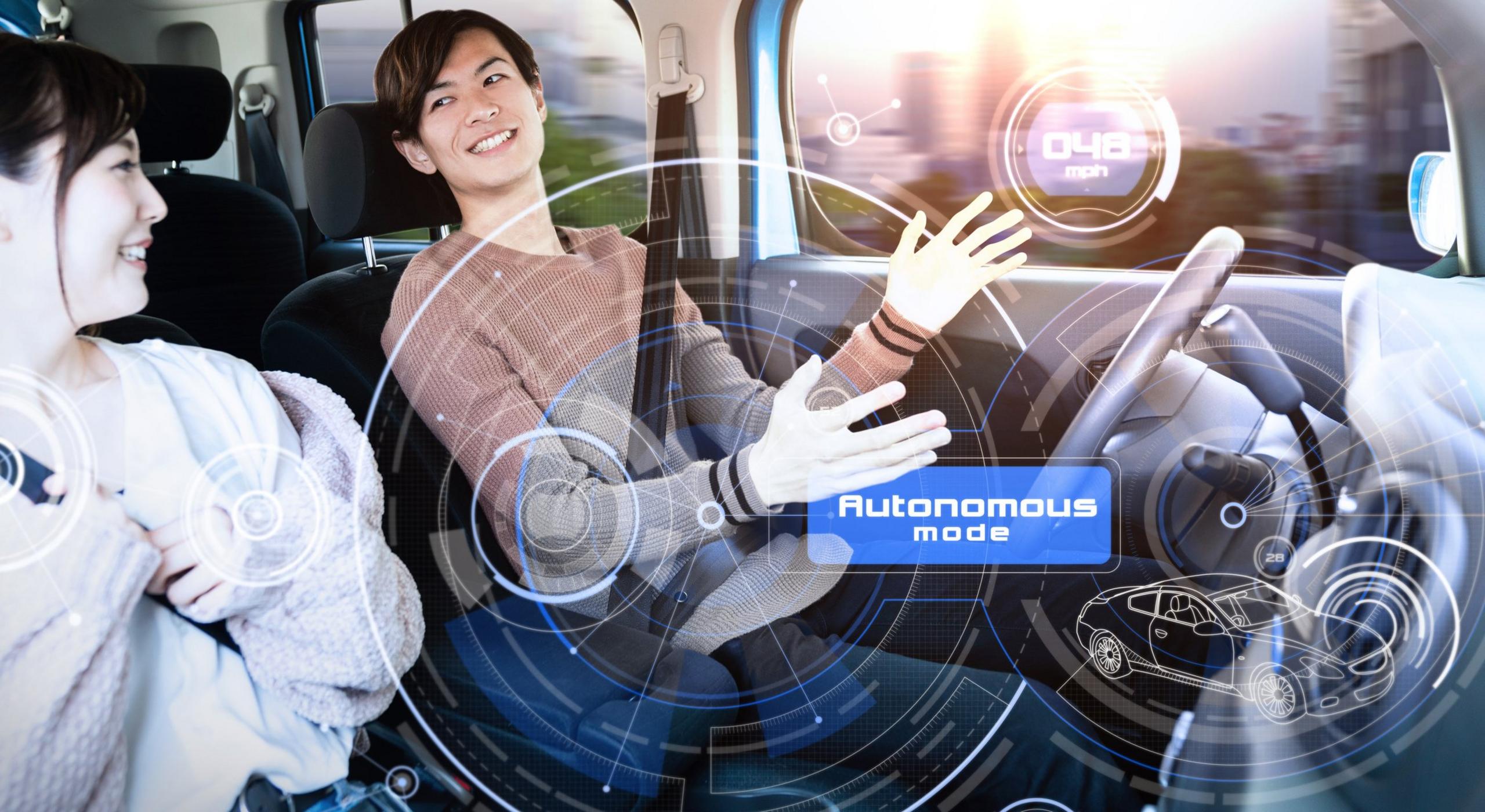
Is this the future of cars?
What is a driverless car?
Driverless cars are vehicles capable of being on the road without a human in control.
They use a combination of lasers, cameras and radar to recognise objects, like other cars and pedestrians.
Several companies have already developed the technology like Google and Elon Musk's company Tesla.
There are different levels of computer control. Some cars have automated features which can be turned on or off by the driver but others being worked on wouldn't need a driver's input at all.
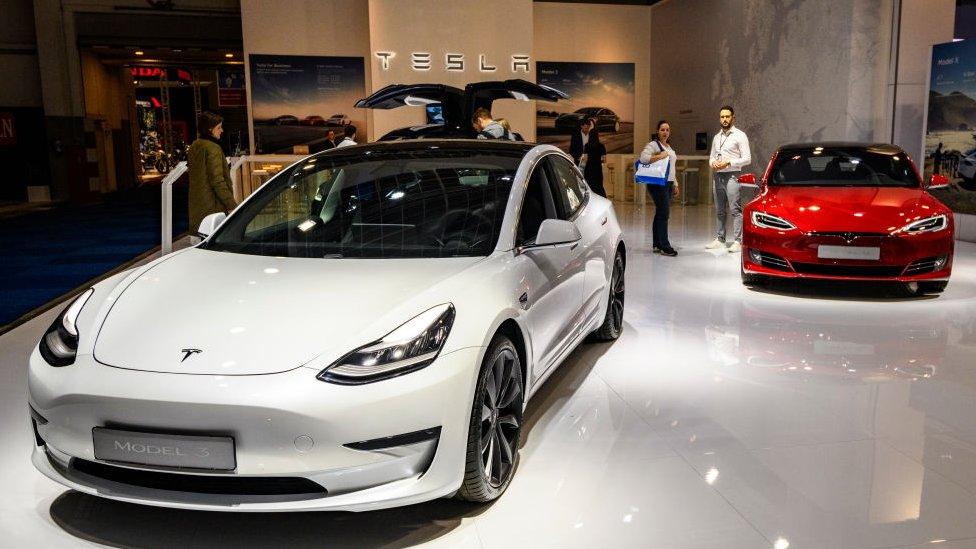
All new Tesla cars have had 'autopilot' features since April 2019 but the company says drivers still need to be alert and at the wheel even when it is on
Transforming transportation
Many see them as the vehicles of the future and say they could transform the way people get around.
A trial called 'Project Endeavour' of six autonomous vehicles from company Oxbotica has been going on in Oxford since October 2020.
The cars being tested don't need a driver at all but they will all have a safety driver who can take over if needed.
The year long study is to see how they work on real roads, at different times of the day, and in different weather conditions.
Some people are worried about trusting a computer to drive them around. However makers say that cars with automated features could actually be safer than humans being in the driver's seat.
The National Highway Transportation Safety Administration (NHTSA) found that somewhere between 94% and 96% of all motor vehicle accidents are caused by some type of human error.

Oxbotica claims its software can provide "universal autonomy" without the need for GPS or special road markings
When could we see these cars on UK roads?
The UK government is investing in the technology and predicts that by 2035, 40 percent of new car sales in the UK could have driverless features.
In January Transport Minister Rachel Maclean said: "We're on the cusp of a driving revolution. Not only could this tech unlock vast opportunities for the UK economy and jobs market, it could significantly improve the safety and efficiency of how we travel over the coming decades."
It will also soon announce the results of a consultation into whether cars which can automatically stay in lanes using a systems called automated lane keeping systems (ALKS) could be allowed on UK roads from Spring 2021.
Extra safety measures for pedestrians
There are some things that can affect the cars' ability to sense obstacles, for example foggy or wet weather.
This means that the cars might not get the right information and could lead to potential danger for pedestrians.
To try and fix this, a team of researchers has developed a special wristband that can alert driverless cars that walkers are nearby - similar to the way cyclists wear reflective strips so they are more visible to human drivers.
Reflective Surface for Intelligent Transportation Systems (REITS) works by making cyclists, pedestrians, and other objects on the road more visible to driverless cars by concentrating the radar signals and bouncing them back to sensors on the car.
Zhuqi Li from Princeton University who came up with the idea said:
"Both the pedestrian and the cars are working together towards the same goal, which is to make everyone safer. Previously, people pushed very hard on the car side and tried to detect everything. It might be helpful to spend just a little more energy on the pedestrian side. I think we should try to explore every chance to make people safer."
The wristbands are designed to make it easier for the cars to spot a person or object from further away which could help avoid crashes.
The team in one test was able to improve the maximum detection distance of a sensor from 10 metres to 36 metres.
Some critics have said that it should not be the responsibility of vulnerable road users to have to wear extra tech to protect them but of the car manufacturers to make sure their vehicles are a safe enough to be on the road.
- Published28 May 2014
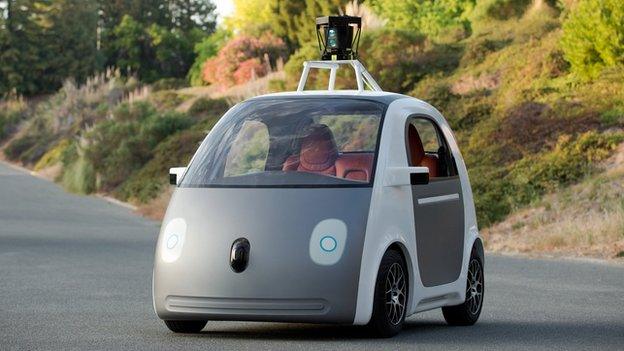
- Published28 October 2014
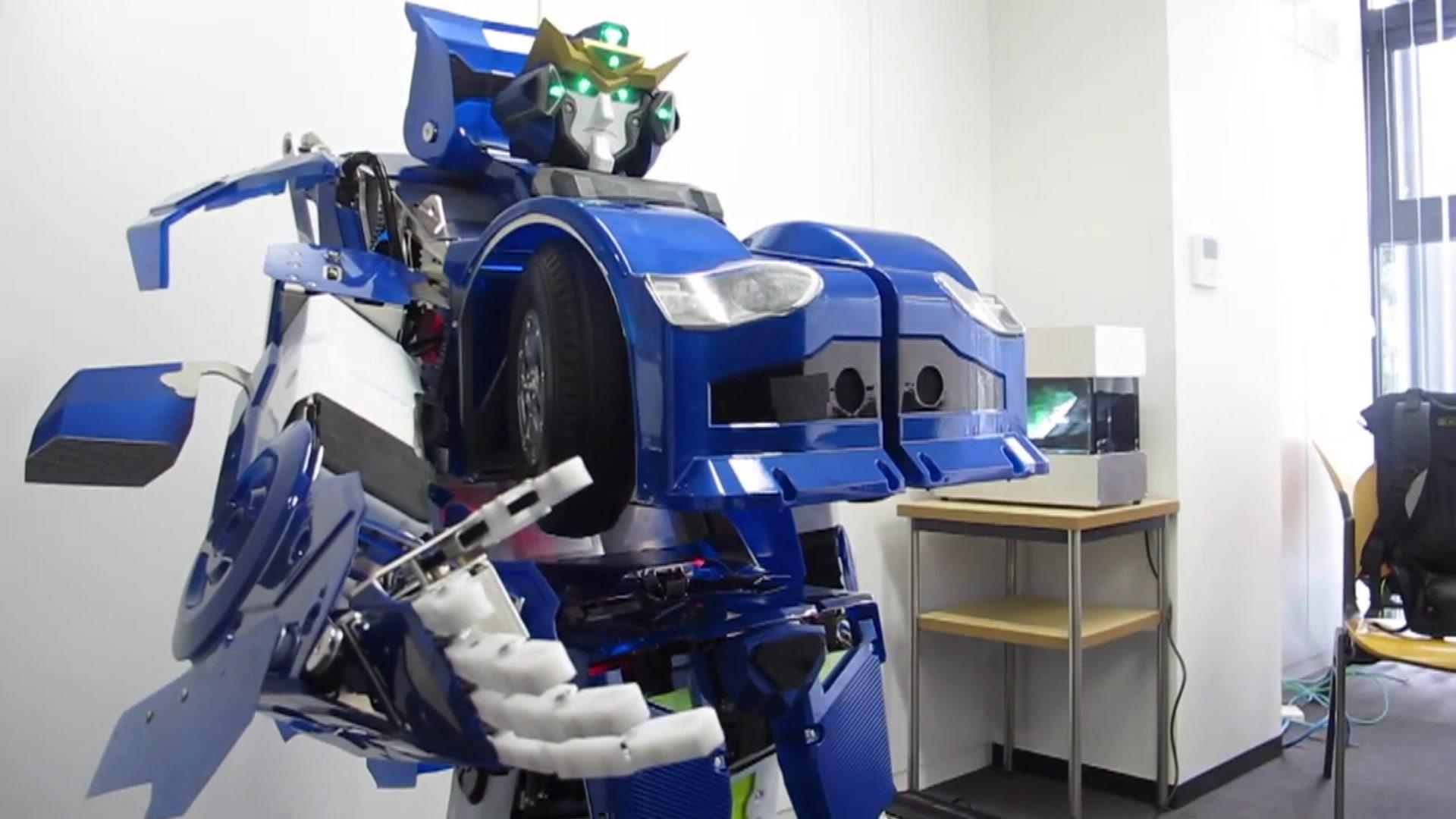
- Published11 February 2015
